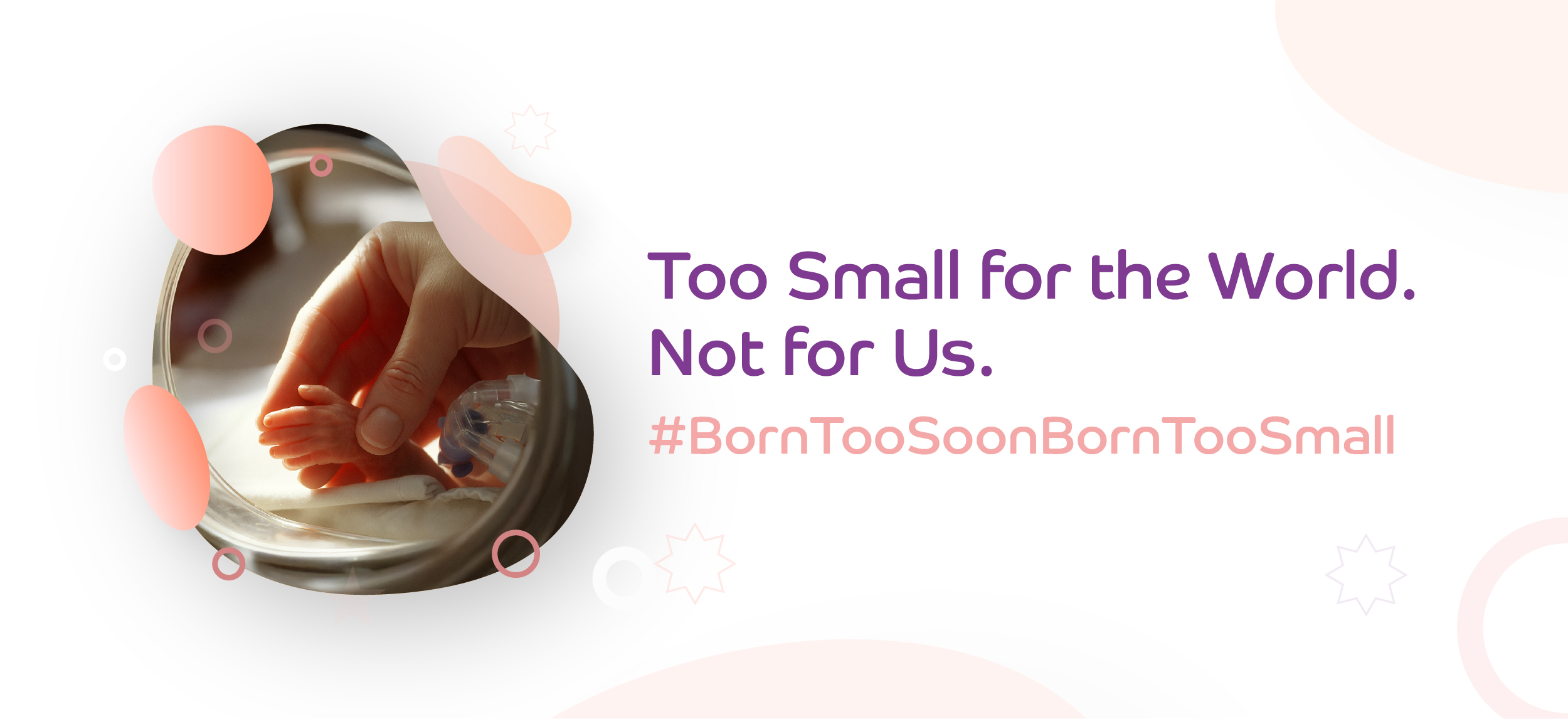Categories
Painless Delivery: Myths and Facts Every Expecting Parent Should Know
Jun 23, 2025
Childbirth is natural. So is pain. But that doesn’t mean pain must be the price you pay for bringing life into the world. There is a quiet misunderstanding that runs deep, passed on without question: that labour pain is inevitable, and to choose otherwise is weak, artificial, or wrong. This isn’t true. A painless delivery, usually made possible by an epidural, is not a shortcut, not a detour, and not a disruption. It’s a choice. A simple, medically safe choice to experience childbirth with less struggle and more presence. But myths are noisy. They travel faster than facts. Let’s put them aside and get clear. 
What Is Painless Delivery?
Painless delivery is not about removing childbirth. It’s about removing unnecessary suffering. This happens through epidural anesthesia—a small injection in the lower back that blocks pain from the waist down. You stay awake. You stay aware. But the pain recedes. You can breathe. You can focus. You can give birth without feeling like you're being broken. It doesn’t take away the moment. It makes space for it. The epidural can be given early, mid, or late in labour depending on how your body responds. You don’t need to wait until the pain is unbearable. You also don’t need to fear that the decision is permanent. It’s a tool. Used when needed. Not forced. Not dramatic.Myths About Painless Delivery And What’s Actually True
Myth: If you don’t feel pain, you’re not really giving birth
Truth: Pain is not a requirement. It’s a symptom. You will still give birth. You will still push. You will still meet your baby. But you don’t have to do it through clenched teeth and panic. Being fully present does not need to hurt.Myth: Epidurals are dangerous. They can paralyze you
Truth: No, they don’t. The epidural is not injected into your spine. It goes into a space around the spine, carefully, by a trained anesthesiologist. The idea of paralysis is mostly fear passed down from someone else’s fear. The risk is extremely rare. Nearly non-existent. But fear, when left unchecked, often feels louder than reality.Myth: You won’t be able to push with an epidural
Truth: You will. Pain is reduced, not removed entirely. You’ll still feel pressure. Your body will still tell you when to push. But you won’t be drowning in pain while doing it. That makes a difference. You have more control. You’re not depleted before it even begins.Myth: Epidurals slow labour
Truth: It depends on your body. In some women, pain increases stress. Stress slows the process. In those cases, easing the pain helps labour move. In others, it might slow down slightly. There is no fixed rule. This is why continuous monitoring matters. At BirthRight, that’s not just protocol, it’s practice.Myth: You can only take an epidural at a specific stage
Truth: Not rigidly. Most doctors recommend waiting until active labour, about 4–5 cm dilation. But if labour is too fast, or pain is too intense, your doctor might adjust. You don’t need to perform pain before being allowed relief.Myth: Epidurals increase the chances of a C-section
Truth: No. A cesarean is done for clinical reasons; baby’s position, oxygen levels, complications, not because you chose comfort. Studies show that an epidural doesn’t increase your chances. The birth you get will be based on your body’s needs, not your pain threshold.What to Expect from a Painless Normal Delivery
Here is what happens, step by step:- Preparation: Your health is reviewed. The procedure is explained.
- Positioning: You sit or lie curled. The anesthesiologist numbs the area. A thin catheter is placed.
- Relief: Within 10–15 minutes, the pain fades. You remain alert and involved.
- Monitoring: Your vitals and your baby’s heart rate are tracked continuously. Nothing is left to chance.
Who Should Not Take an Epidural?
There are a few exceptions:- Blood clotting issues
- Skin infection near the injection site
- Certain neurological problems
- Labour that’s too fast to pause











